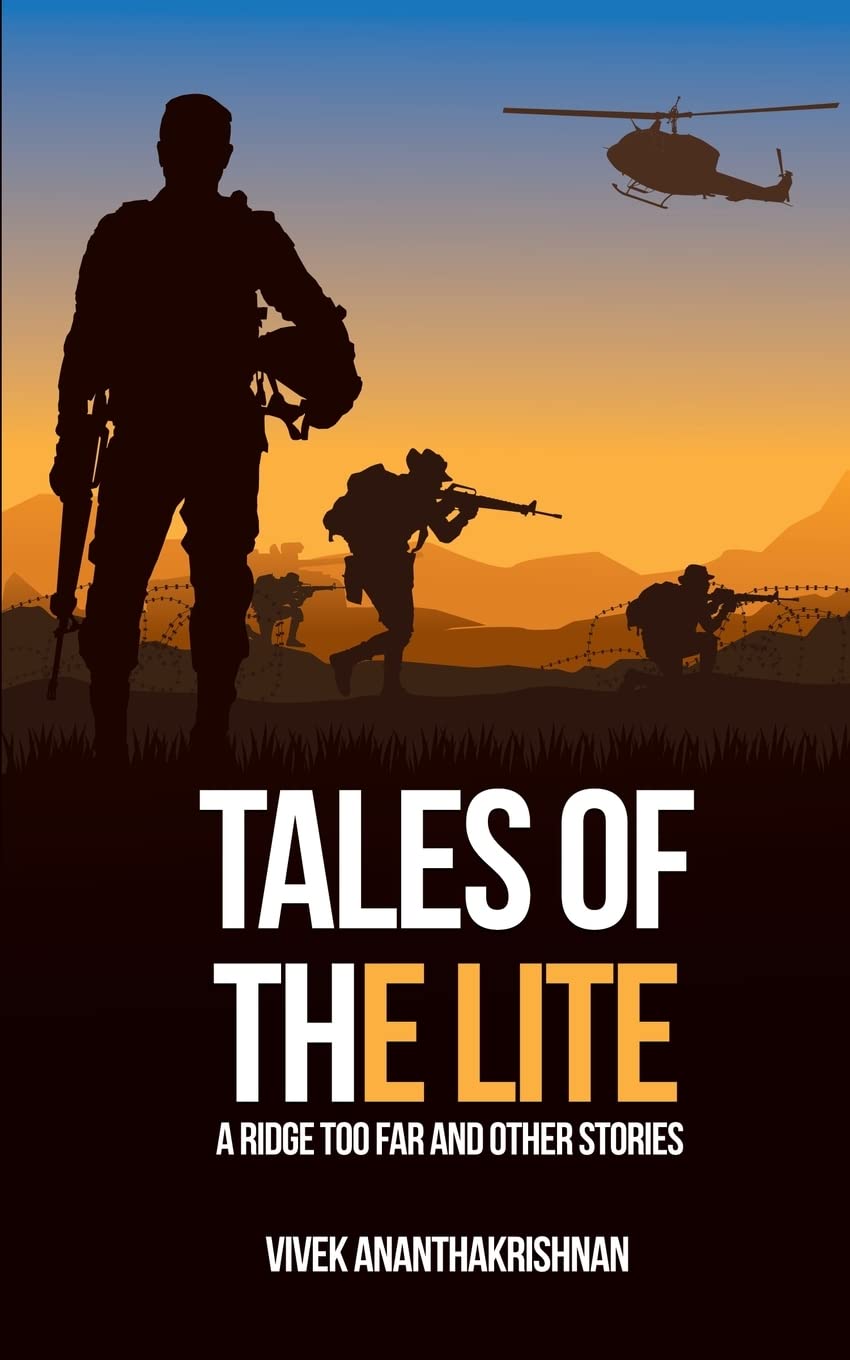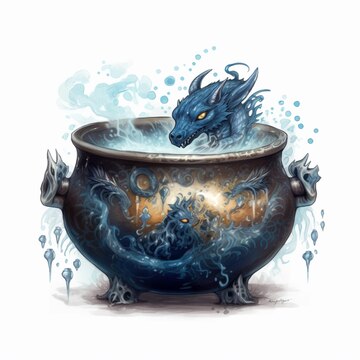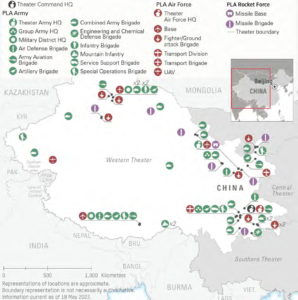
TALES OF THE ELITE
By Vivek Ananthakrishnan
Review by: Air Marshal Anil Khosla (Retd) PVSM AVSM VM
Former Vice Chief of Air Staff of the Indian Air Force.
Vivek Ananthakrishnan’s Tales of the Elite offers an engaging collection of fictional stories inspired by the life and experiences of soldiers in the Indian Army. This book captures the camaraderie, leadership, and psychological complexities that define military service. Through a series of gripping narratives, Ananthakrishnan takes readers deep into the minds of soldiers, exploring themes of resilience, duty, honour, and sacrifice. The book not only brings to life the harsh realities of combat but also highlights the human spirit in extreme conditions, fostering a deep sense of connection and empathy with the characters.
The book is structured as a collection of short stories exploring different aspects of a soldier’s life—from the adrenaline-pumping experiences in active combat to the deep introspection that follows after missions. The stories are immersive and vividly written, reflecting a deep understanding of military ethos. Ananthakrishnan, with his storytelling finesse, ensures that each tale carries emotional depth, making the book not just a series of war stories but a profound commentary on life in the armed forces.
The stories encapsulate both personal and professional conflicts soldiers face, from leadership decisions made under immense pressure to the unspoken bonds between comrades. Through realistic dialogue and well-researched military terminology, the author creates an authentic experience for readers who may or may not have prior exposure to the world of the armed forces. One of the strongest aspects of Tales of the Elite is its thematic depth. The book is not just about war but about the emotions, struggles, and growth of individuals who serve in the military.
Leadership is a recurring theme throughout the book. The stories illustrate the burden of command, the moral dilemmas officers face, and the heavy responsibility of making life-and-death decisions. The author successfully showcases how leadership in the military is not just about tactics and strategy but also about empathy, courage, and integrity. The bond between soldiers, often described as stronger than family ties, is vividly portrayed. The sacrifices made for one another, the unwavering trust and the unspoken understanding between comrades form the emotional core of many of the stories.
The book paints a realistic picture of what it means to serve—balancing personal loss with professional responsibility. Soldiers often put their emotions aside to focus on their duties, and the book does a brilliant job of portraying the mental and emotional resilience required. Ananthakrishnan does not shy away from exploring the psychological toll war takes on soldiers. The stories include reflections on fear, grief, and the lingering impact of battle, giving readers a nuanced understanding of what it means to serve on the front lines.
Vivek Ananthakrishnan’s writing is crisp, immersive, and deeply evocative. His use of first-hand military knowledge enhances the authenticity of the book. The pacing is well-balanced—some stories are fast-paced and intense, while others allow for deeper reflection. The dialogues are natural, and the depiction of various settings, from rugged mountains to tense conflict zones, is vivid and gripping.
One of the standout features of his writing is his ability to balance technical military details with accessible storytelling. Readers who are unfamiliar with military terminology will still find the book engaging, as the context makes it easy to follow. The stories are not just about combat action but also about the characters’ personal journeys, making them emotionally compelling. This balance ensures that the book is both informative and engaging, catering to a wide range of readers.
The stories in Tales of the Elite feel real, and the emotions conveyed are genuine. Ananthakrishnan’s deep knowledge of military life enriches the book, making it enlightening for civilians and veterans alike. The stories are not repetitive; each brings a fresh perspective on different facets of military life. Some focus on battlefield heroics, while others delve into the psyche of soldiers dealing with personal loss and professional responsibility. While the book is about soldiers and combat, it is also profoundly human. The narratives focus on emotions, relationships, and the weight of responsibility, making the stories relatable even for readers with no military background.
Tales of the Elite by Vivek Ananthakrishnan is a poignant and well-crafted collection that offers an insightful look into the lives of those who serve in the military. The book’s authenticity, emotional depth, and compelling storytelling make it a must-read for anyone interested in military fiction or the human aspects of war. It is a tribute to soldiers’ bravery, sacrifices, and resilience and will leave a lasting impact on readers.
This book is an excellent addition to the reading list for those who appreciate stories of courage, leadership, and camaraderie. Ananthakrishnan’s work celebrates the military and reflects the complexities of duty, honour, and personal sacrifice. Whether you have a military background or not, Tales of the Elite offers a powerful and moving reading experience that is both enlightening and emotionally resonant. It is a book that will stay with you long after you’ve turned the last page.
Please Do Comment.
For regular updates, please register your email here:-
References and credits
To all the online sites and channels.
Disclaimer:
Information and data included in the blog are for educational & non-commercial purposes only and have been carefully adapted, excerpted, or edited from reliable and accurate sources. All copyrighted material belongs to respective owners and is provided only for wider dissemination.


